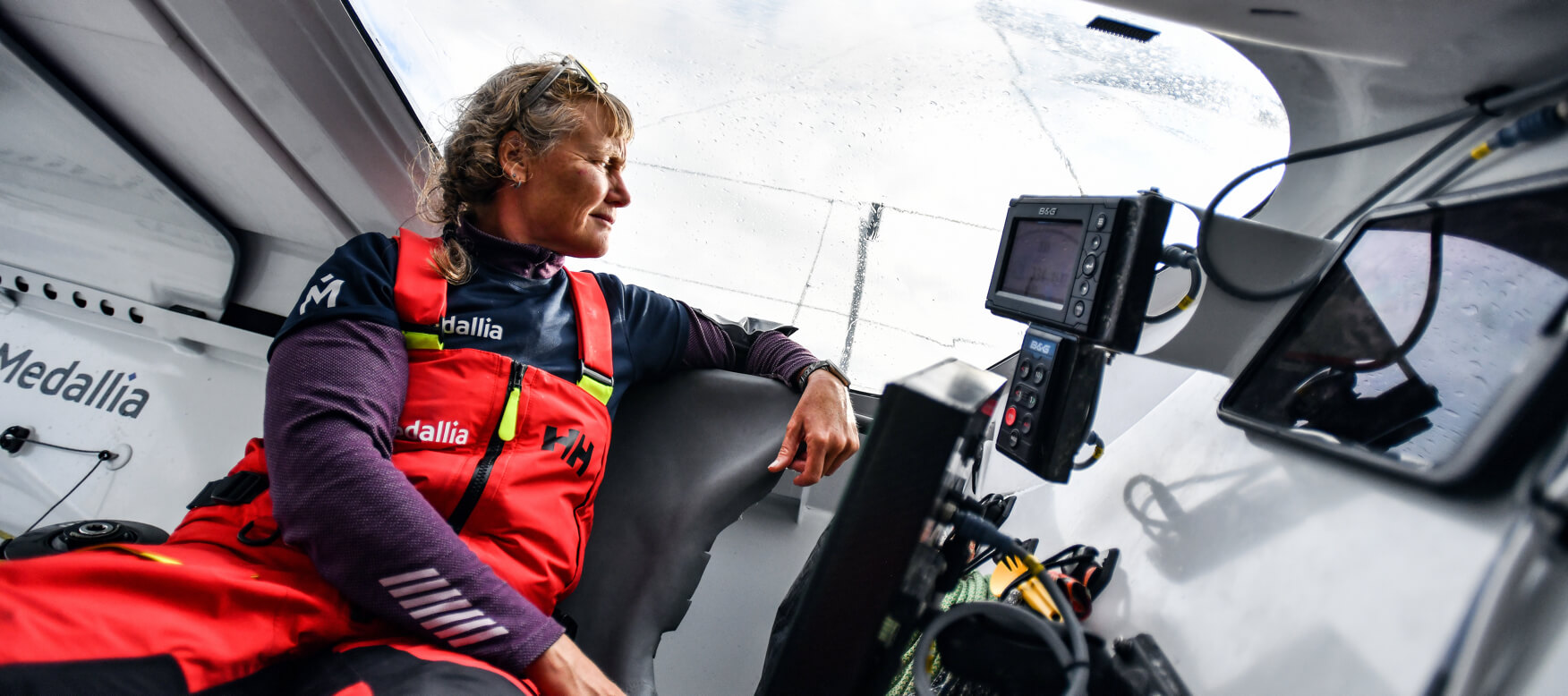
Thinking Clearly and Acting Quickly: Managing Risk as a Solo Sailor
The Techniques of Solo Ocean Sailor Pip Hare
October 14, 2023
6 min read
Pip Hare is a professional solo sailor, journalist, author and speaker, with a career that spans almost 30 years. She is the eighth woman in history to ever complete the Vendée Globe, a solo non-stop sailing race around the world. This November, she is racing the Transat Jacques Vabre, and in 2024, she'll compete in her second Vendée Globe.
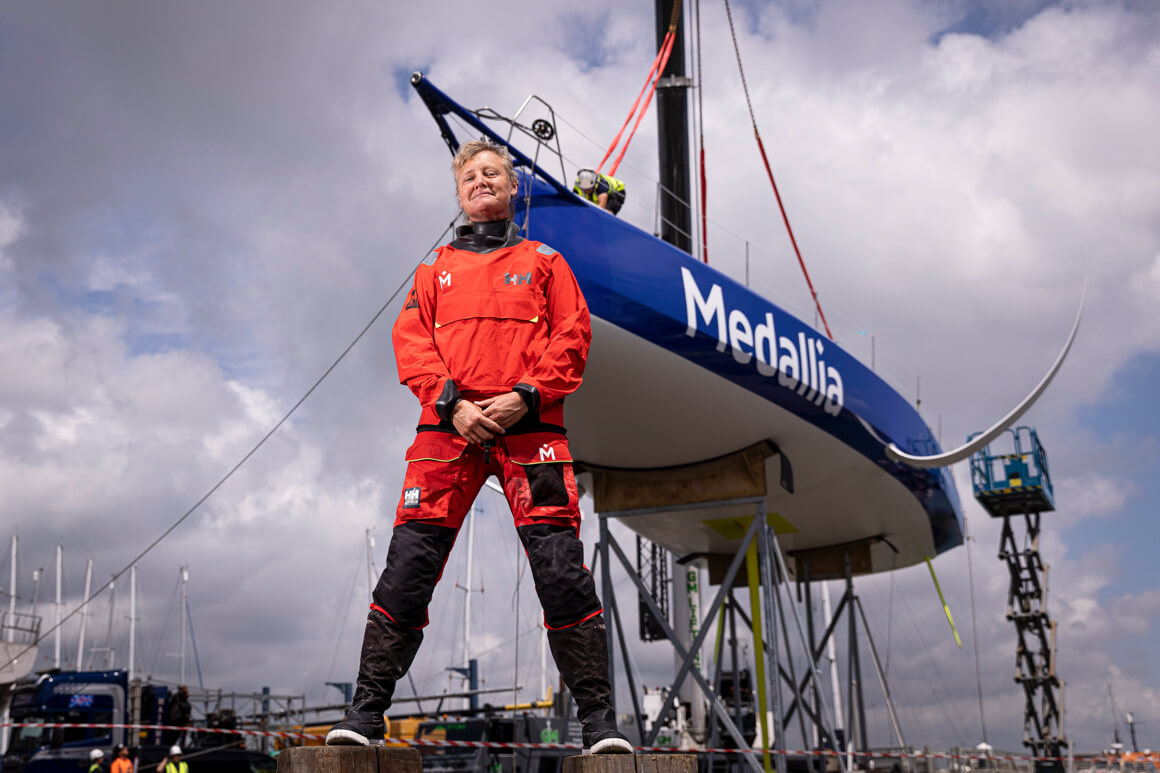
When disaster strikes in the middle of the ocean, as sailors we know that help can be days away. No matter what the nature of our problem, whether with the vessel or the people aboard, we must be the solution to our own problems and act fast to stop a problem becoming a crisis.
During the Vendée Arctique solo race in June last year, I lost all power on my 60ft IMOCA when the alternator developed a fault and was not able to charge the batteries back up again. I had been on my regular routine of charging the batteries when they dropped down to 15% capacity. My low-voltage alarm went off, I fired up the engine, engaged the alternator and nothing happened. I turned it off, then on again several times. Still no charge and by now the battery power was down to 10%. I remember working frantically trying to find the alternator fault, I had turned off all unnecessary draws on power, but with the autopilot still needed to keep the boat on course I was watching the battery monitor drop minute by minute as my work proved fruitless.
With 5% battery left I realised it was time to stop working and start preparing for the situation to escalate. I needed to prioritise my actions to ensure safety should I lose power completely. It was time to stop racing and start surviving. I needed to think clearly and act quickly.
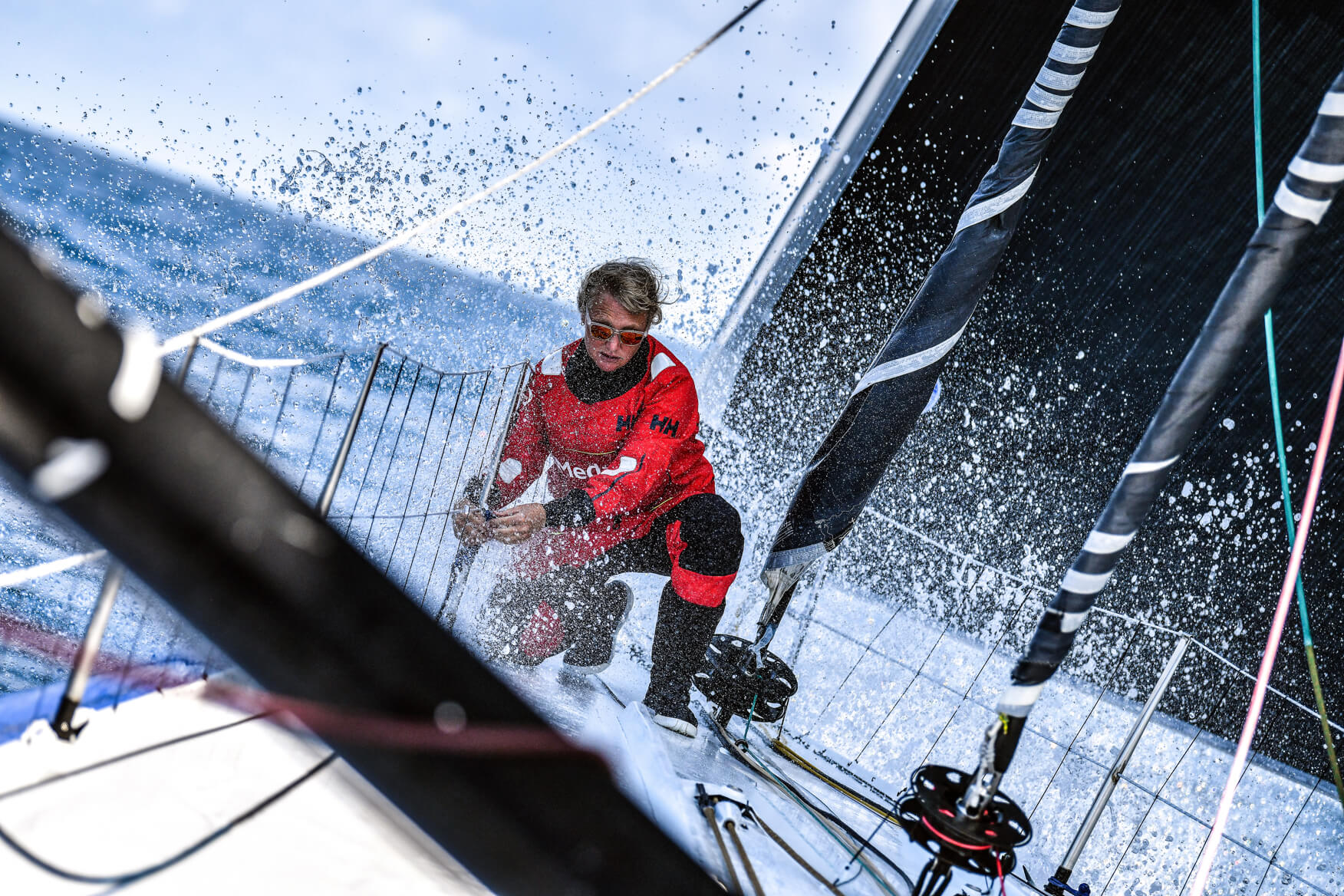
Manage your fear
In these situations, I follow a checklist of actions, which keep me focussed and stop the ‘rabbit in the headlights’ reaction when the feeling of rising panic can paralyse me if not managed. There are three actions on the list: tell someone, take immediate action to ensure safety, then work my way out of the problem. These actions must be done in order – I am responsible for my own safety and that always has to be in the forefront of my mind.
First: I need to tell the relevant people what has happened. In this case, it was my technical director who would then liaise with the race directors. I sent a simple message, a text form detailing what had happened, confirming my position and what my intentions were, and suggesting a future schedule for communications. This was to let Joff know my main communications powered by the boat’s batteries may stop working. So I pulled out my handheld emergency sat phone, logged on and sent the message on that device. I knew I may need to preserve battery so I waited for an acknowledgement – agreed to check back in one hour and then turned the phone off again.

Second: I needed to be ready for the worst-case scenario, which was a total loss of power. I needed to identify the outcomes that would represent a threat to my safety and address them first. In this case the boat itself was in no danger, however, I would be unable to navigate, to use the autopilot or to make drinking water. These represented the greatest threats to my safety.
A quick check confirmed I had 15l of water in my day tank and a further 9l as emergency supplies - this could last me 12 days at 2 litres consumption per day for hydrating food and drinking. More than enough to get me safely to the shore.
I recorded my position in my notebook, so as to have a paper record. I would not be able to use the main computer onboard for navigation but I had three tablets all fully charged, two phones and a handheld GPS and paper charts onboard. I turned all devices off to save battery power. This represented more than enough resources to navigate me to a safe port. I downloaded the latest weather forecast, to assess the conditions that would be coming my way over the next week. Looking for any features that could make a passage to the shore without power a problem. The nearest port was around 400 miles to the South, I confirmed it would be a safe and straightforward passage to make.
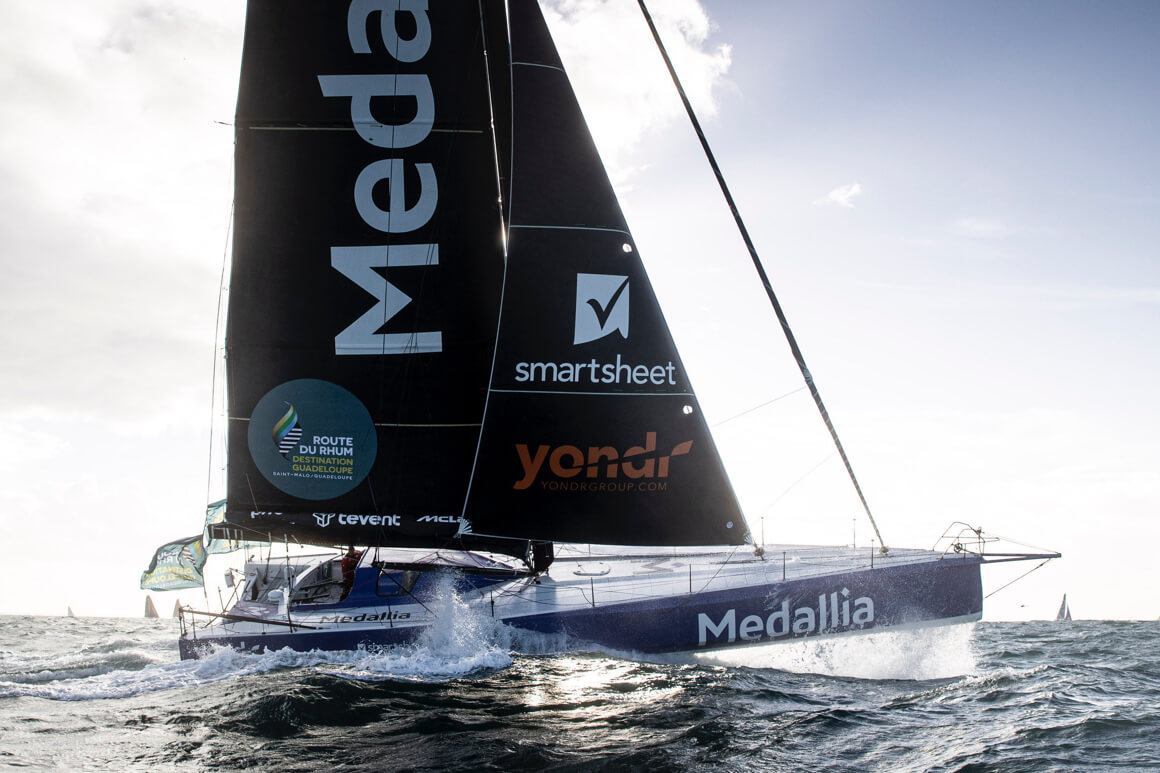
My next consideration was how I could sail the boat without an autopilot, managing sails, navigating as well as sleeping and eating and keeping myself well. I had a conventional compass in the cockpit by which I would be able to hand steer and I already knew that I would be able to manage all of the basic sail controls from the cockpit while steering with one hand or a leg. It was a slow way to go, but it could be done. The boat would not sail without a hand on the helm so I would need to choose a small sail plan that was easy to manage, I would hand steer for a few hours at a time. Then when I needed to sleep or eat, I would furl the jib, drop the main and let the boat lie ‘ahull’, drifting with the wind and the current while I recovered. Like this, I could make steady progress to the shore. On arrival I knew my engine start batteries were not run down so getting into a port would not be a problem.
Working through this worst-case scenario, setting out and planning what I would do if I needed to abandon the race and head to shore without power, stopped the rising panic inside me and calmed the frenetic pace with which I was attacking the alternator. I had a problem, yes – but I was confident, even if I did lose power, it would not escalate to a crisis. I was confident I could cope. I might not be able to finish the race, but I would be able to get safely to the shore.
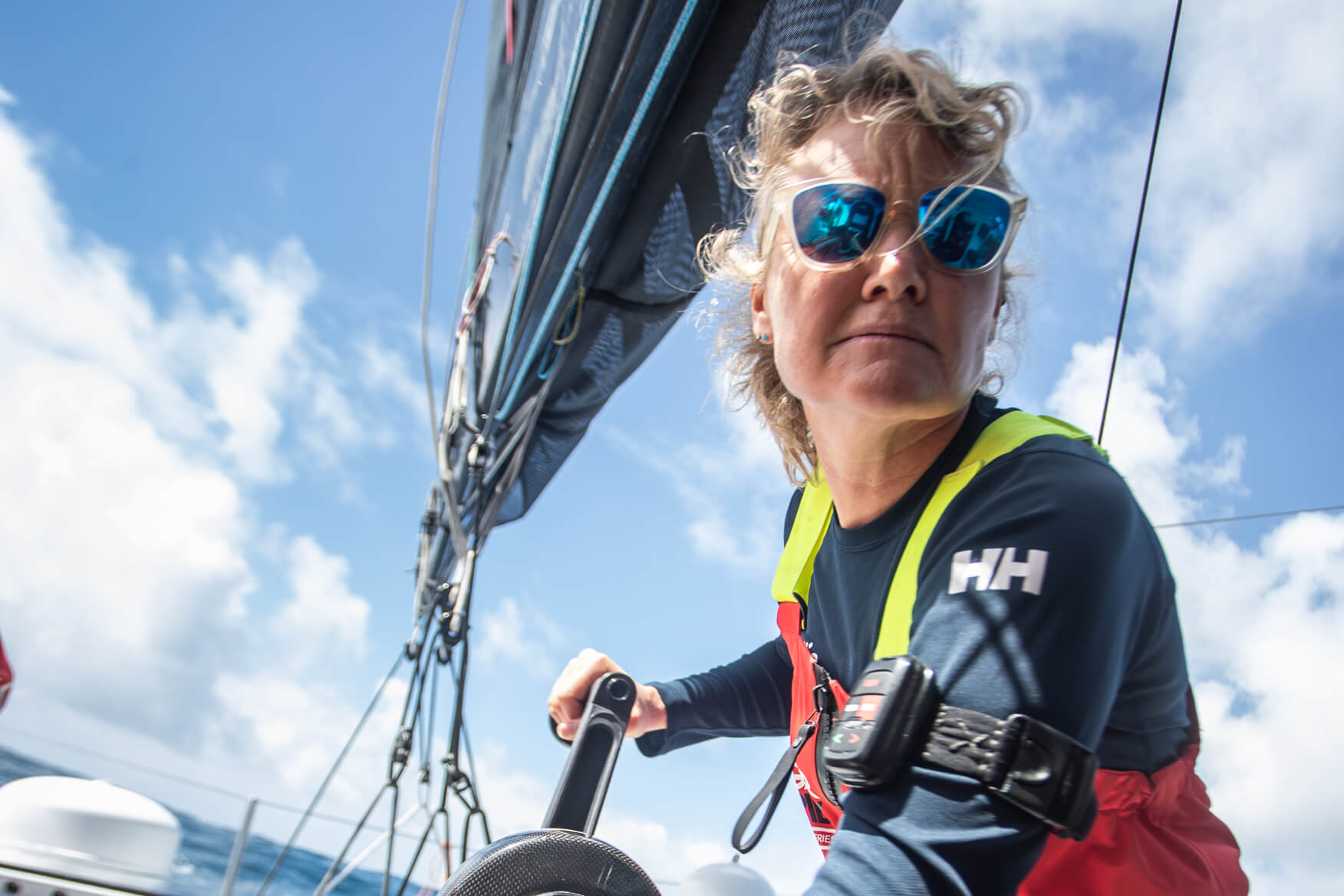
Stay true and realistic
The final part of the puzzle was to understand if I could fix the alternator or not. I wanted to continue the race, indeed I needed to gain the qualification miles towards the Vendee Globe. However, I also needed to set a realistic time frame for trying to fix the alternator so that I did not stay out so long that my original situation changed – a change in the weather, sailing further away from safety, running my hand-held battery devices down or running out of drinking water. I was in a safe status, but only a step away from crisis if I did not keep a lid on things. In these moments it is important to stay true and realistic.
In this case, I gave myself a full day to fix the problem – I agreed this with my team on the shore and agreed that if I was not able to get the alternator going and charge into the batteries by the same time tomorrow I would retire from the race and head for a safe port.
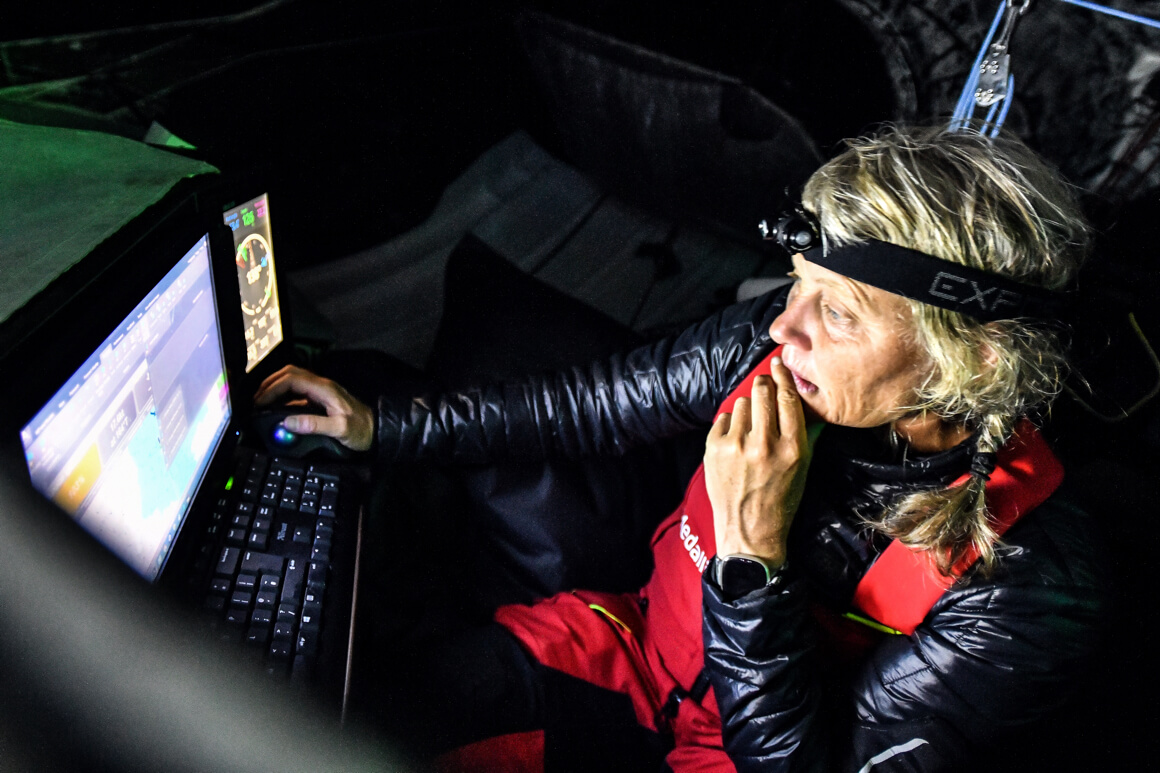
I did lose all power. I took the mainsail down, furled the jib and let the boat blow downwind. I was oddly relaxed, almost enjoying my work. Methodically going through a list, changing the regulator, and testing for power at every cable junction. It took me around three hours but I eventually found the fault, a loose connection or course. I had taken the whole system apart and was about to start the huge job of mounting my spare alternator when the small wire, revealed itself. It had rattled free.
There was such a lot of relief to see the amps flowing again. I was tired but happy. I had averted a crisis, but in doing so looked the situation hard in the face and acknowledged that it could have signalled the end of my race. I always carry with me the knowledge that a technical problem on the boat could end a race for me. I know if that scenario comes my way making the final call to retire from racing will be one of the hardest decisions I will have to make. There will always be a part of me that wants to fight on, that is not prepared to give up, that will be screaming for just another hour or another day to try and work my way out of it. But the further we are from home, the more we must master that voice. We are only ever a couple of steps away from crisis – it is our job as skippers to never make that final step.

July 23, 2025 3 min read
Helly Hansen and Team AMAALA announce partnership for The Ocean Race Europe
As the Official Clothing Supplier, Helly Hansen will provide the team with professional grade, performance-driven gear.
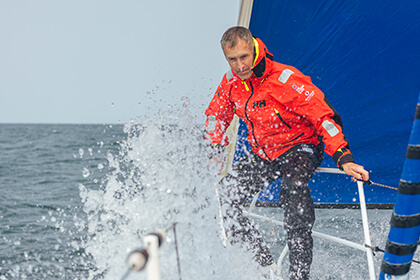
July 18, 2025 6 min read
From business executive to ocean warrior: Scott Shawyer's Be Water Positive mission
Meet Scott Shawyer, the Canadian skipper preparing to take on The Ocean Race Europe 2025 while advocating for global water conservation.
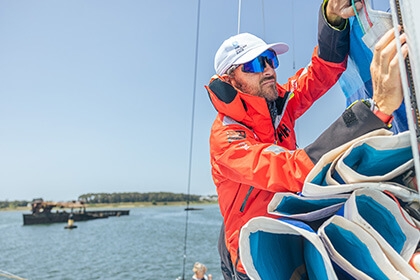
July 15, 2025 5 min read
The Ocean Race Europe 2025 sets sail
Explore the Ocean Race Europe 2025—key dates, cities, and Helly Hansen’s role as the Official Clothing Partner.
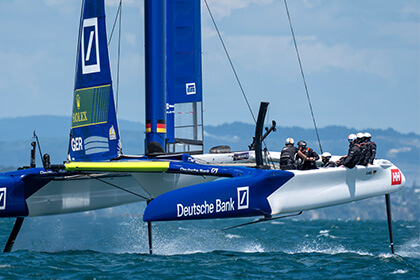
June 26, 2025 4 min read
SailGP Sassnitz stopover 2025: Where speed meets coastal magic
Catch SailGP’s high-speed races in Sassnitz this August 16-17. Experience F50 thrills, coastal beauty, and festival vibes in this unforgettable summer event!